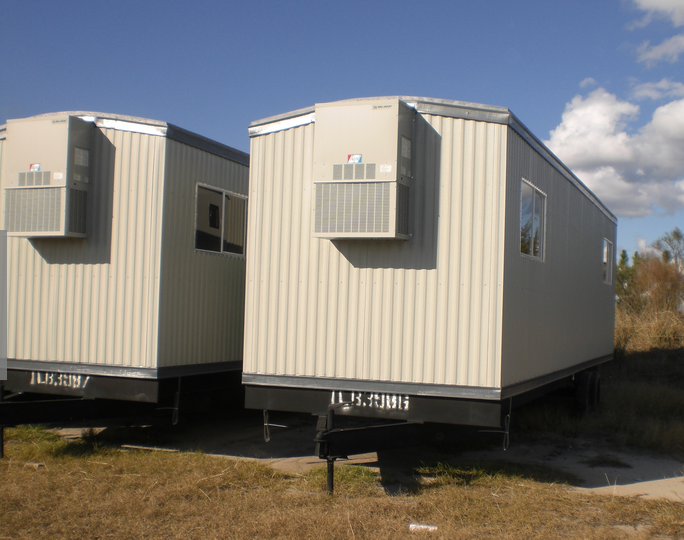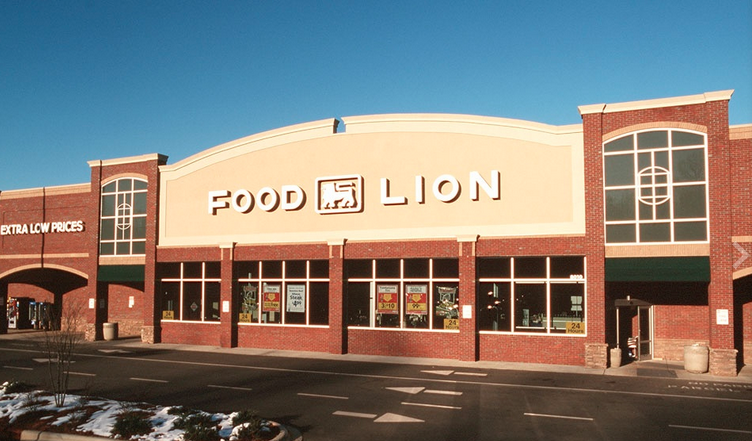
How many of us hunt for the perfect texts to teach “text structure” and end up just banging our heads against the wall? It’s because texts are more complex than five simple structures. Below I describe an analogy I’ve started using with students to get beyond this problem.
A building has a purpose (to be a home or place to live for a family, to serve as a temporary structure as in a portable at a construction site, to be a grocery store where we can be food and other items, to be a place of worship where people of a particular religion can come together, etc.).
An author has a purpose (to tell the story of…, to instruct, to describe, to persuade, to explain).



The building’s purpose drives how it is structured–how it’s put together, how its parts are arranged, how the parts connect. For example, a grocery story where we shop for food and other necessities is primarily one large room organized into sections for different types of foods. There is a certain flow to the store so customers can get from one section to the next. A home or a place to live is organized into bedrooms or spaces for sleeping, a kitchen for eating, a den for watching television. There are hallways that connect the rooms. These structures share some features consistently – but are also different. While most grocery stores share particular features, they are different from each other as well.
An author’s purpose drives how she structures the text (e.g., enumerative/description, sequence/chronology/narrative, comparison, causal relationships, problem-solution). If the author wants to teach you about drones, she may use an enumerative or description text structure–introducing the topic of drones and then talking about different aspects of drones — military use, modern drones, rules being drafted by the FAA for drone use, possible future effects of drones. If the author wants to instruct you in how to make a birdhouse, she may use a sequence text structure, listing the steps in numerical order. If the author wants to persuade you that girls around the world should have access to schools, she might use a problem-solution text structure or a cause-effect text structure. Depending on which structure she chose, the texts would be organized differently. These structures share some features consistently – but can look different (i.e., the content can be different and different types of details can be used).
Stay with me here–this sounds easy, but there’s a nuance to this analogy I want to tease out.
What if the building has more than one purpose and therefore is organized for multiple purposes? What if the building has an art gallery and a pizza joint open to the public on the first floor and private apartments for living on the second floor?

PERFECT because many complex texts have more than one structure. The author has decided that more than one structure can meet his or her purpose or the author has multiple purposes within a text. Have your students ever read an article about a particular animal like the elephant that discusses different aspects of the elephant’s life and at the end there’s a section on how elephants are endangered and how one group is trying to save the animal????? The overarching or larger or macro-structure is enumerative/description, but, in that one section, there’s a micro-structure of problem and solution.
The point is we need to teach students to think flexibly about a text’s structure. My goal is for students to use the language of author’s purpose and a text’s structure fluently. I want to hear a student say the following:
Well, this article is mostly structured as a description of drones–how they operate, what companies are already using drones and so forth, but then there was a sidebar! And the structure of the sidebar was about the effects of drones like a lack of privacy.
Hope this helps.
Sunday
UPDATED 2/10/21
